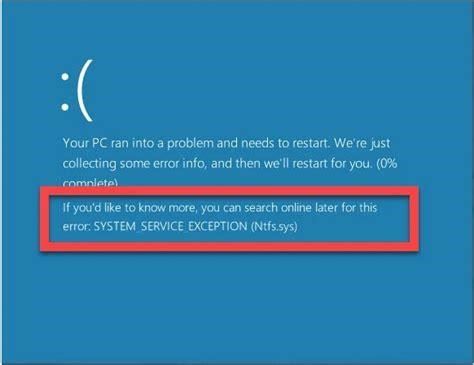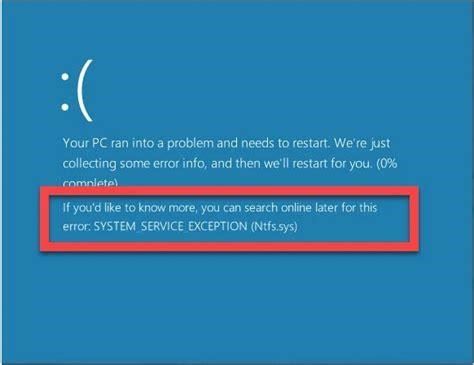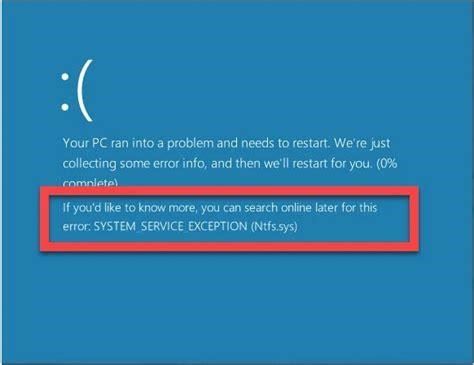The Complete Guide to Running Windows 11 on Older Hardware
Many of us have older laptops lying around that seem perfectly capable of running Windows 11 – decent processors, enough RAM, ample storage. But Microsoft’s system requirements can be restrictive, especially the need for TPM 2.0.
What if your tried-and-true device only has TPM 1.2? All hope is not lost. With a few registry tweaks, you can get Windows 11 running smoothly even on non-compliant hardware. Let’s examine how.
Understanding TPM Versions
TPM (Trusted Platform Module) is a chip that enables enhanced device security by storing encryption keys. Windows 11 requires TPM 2.0 to protect your data and verify hardware integrity. But TPM 1.2 offers many of the same core capabilities.
While Microsoft strongly recommends TPM 2.0 for the best Windows 11 experience, they quietly acknowledge TPM 1.2 allows installation with a simple registry bypass. In their words, you can "assume the risk" of potential issues. More on that later.
First, let’s explore your TPM options.
Checking Your TPM Version
You can check TPM status a few ways:
-
Run the PC Health Check App from Microsoft – it will indicate TPM 2.0 or other "incompatible hardware."
-
Open System Information via Start Menu search. The Security section lists TPM status.
-
Check for a TPM chip on your motherboard, often a dedicate square module. Consult your manual.
Once you confirm TPM 1.2, gathering other system specs helps assess Windows 11 readiness.
Other Key Specifications
While the TPM bypass is essential, meeting other minimums ensures a smooth experience:
-
CPU:8th Gen Intel Core (or Zen 2 for AMD) or newer.
-
RAM: At least 4GB (8GB+ recommended).
-
Storage: 64GB free space on the system drive.
-
Graphics: DirectX 12 compatible card.
-
UEFI: Windows 11 requires UEFI over legacy BIOS.
Use tools like Speccy to analyze full system capabilities before deciding to upgrade.
Bypassing TPM 2.0 Requirement
With adequate specs verified, let’s tackle overriding the TPM 2.0 mandate. Using registry edits, we can trick Windows 11 into ignoring the module version.
Warning:Editing the registry incorrectly can damage your system. Backup beforehand.
Follow these steps:
-
Open Registry Editor (regedit.exe).
-
Browse to
HKEY_LOCAL_MACHINE\SYSTEM\Setup\MoSetup. -
Create a new DWORD value called
AllowUpgradesWithUnsupportedTPMand set it to 1. -
Create another new DWORD called
UpgradeModewith a value of 1. -
Restart your PC, boot into UEFI, and enable Secure Boot.
Now Windows 11 installation should allow TPM 1.2, ignoring the 2.0 requirement.
Potential Issues to Expect
Bypassing minimum specifications always carries a risk of instability. With an older TPM module, you may encounter:
-
Decreased security and encryption strength.
-
Difficulty receiving future Windows Updates.
-
Incompatibility with certain apps and drivers.
-
Performance/speed decrements, especially on older CPUs.
-
Problems activating Windows after installation.
-
Other general glitches and crashes.
Essentially proceed at your own risk. But with tempered expectations, TPM 1.2 should provide basic Windows 11 functionality.
The TPM 2.0 Upgrade Conundrum
Rather than registry tricks, you might consider upgrading the TPM on your motherboard. But this is often unfeasible.
TPM chips are soldered to the board, requiring desoldering the old one for replacement. And even locating a compatible TPM 2.0 module can prove challenging.
Major OEMs like Dell and HP provide firmware upgrade tools for only certain models. Consult your manufacturer about TPM upgradability before attempting.
For most older systems, a fresh Windows 11 install with the registry bypass is the only viable route. Just be prepared for potential hiccups.
Conclusion
Bypassing TPM 2.0 requirements takes some registry wizardry, but allows Windows 11 installation on devices as old as TPM 1.2.
With adequate hardware elsewhere, you can resurrect an aging laptop or desktop. Just temper expectations and be ready to troubleshoot issues.
For the best experience, meeting official specifications is ideal. But with some compromises, Windows 11 can work sufficiently even on dated PCs.
Hopefully Microsoft eventually relaxes its strict requirements as Windows 11 matures. In the meantime, this registry hack lets you ride the leading edge while maintaining that old hardware.
What unconventional Windows 11 installations have you coaxed to life? Share your adventures below!




